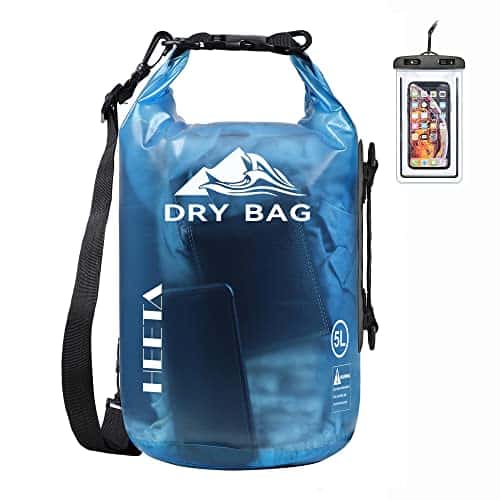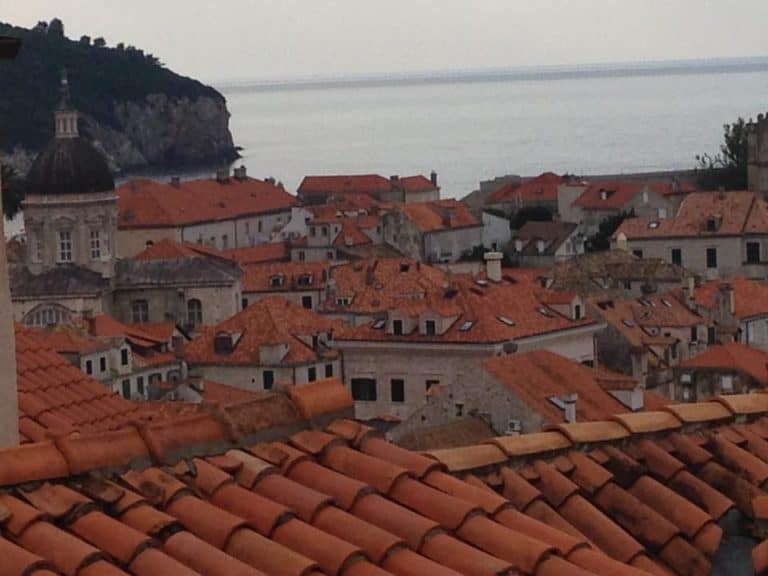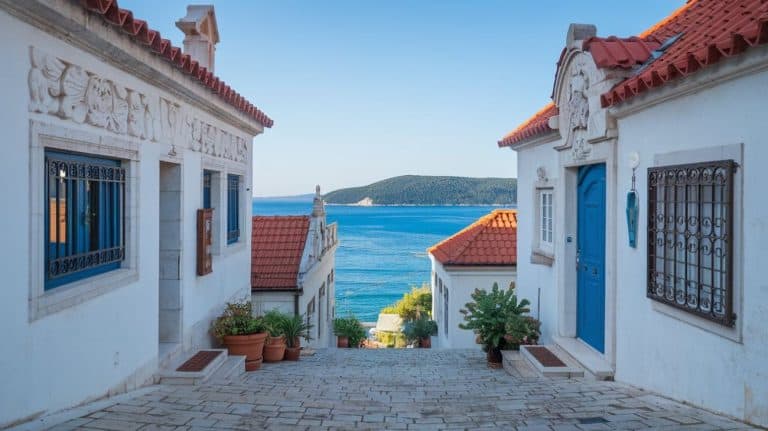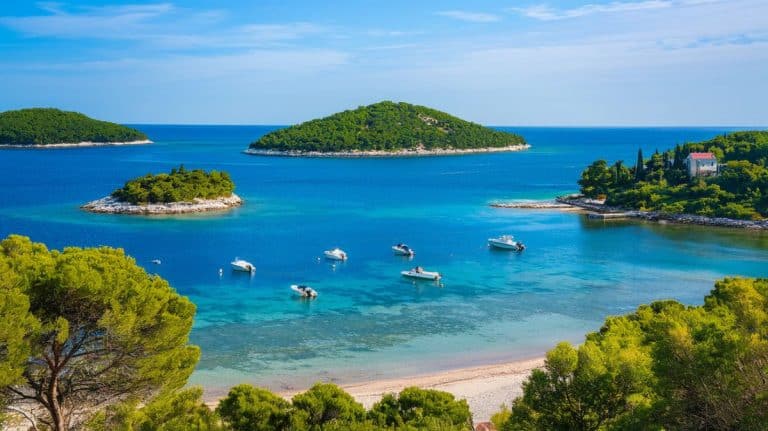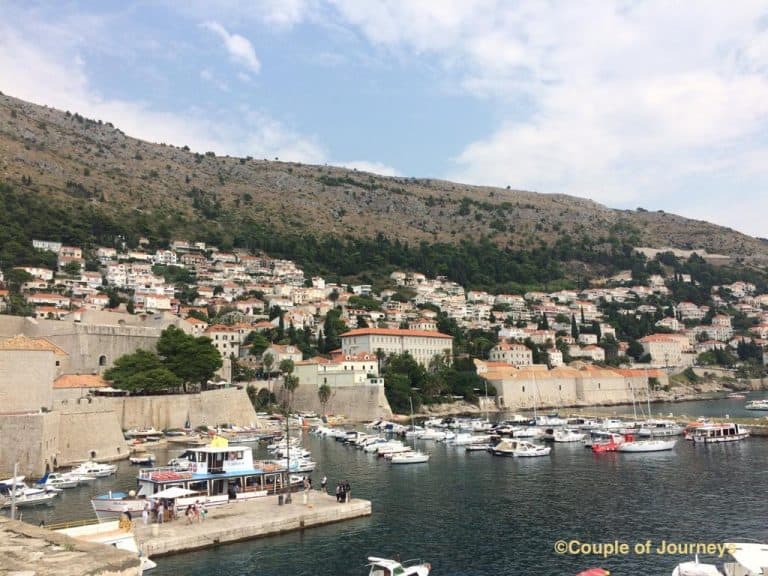31 Epic Croatia Travel Tips You Can’t Miss
This website contains no sponsored content. The content is written entirely on my own and is based on my personal experience and extensive research. This post may contain affiliate links. If you make a purchase through one of these links, I may receive a small commission at no extra cost to you. As an Amazon Associate I earn from qualifying purchases. Please read the disclaimer for more information.
In this article, I’ll share 31 must-know Croatia travel tips that answer questions you didn’t even know to ask, like ‘Why can’t I find Uber here?‘ or ‘How do I avoid long border waits?‘
Whether you’re a solo traveler looking to connect with others, a family planning kid-friendly outings, or a culture enthusiast ready to dive into local festivals, these tips will help you make the most of every moment.
So, grab your notepad, pin this article, or just bookmark this page as you’re about to turn pro at exploring Croatia.

By the way – Hi! I’m Vrushali, your virtual travel buddy with a deep love for Croatia.
I’ve explored its ancient cities, basked on its gorgeous Adriatic coastline, and discovered hidden gems you won’t find in guidebooks.
Along the way, I’ve encountered a few “oops” moments like finding out Google Maps isn’t always reliable in rural areas or realizing I should’ve packed a dry bag for those boat trips.
That’s why I’m here to pass on all the insider knowledge you’ll need to have an amazing, stress-free trip.
31 Croatia Travel Tips You Must Know
1. Don’t Expect Uber Everywhere
While Croatia’s cities like Zagreb, Split, and Dubrovnik thrive with Uber’s convenience, don’t expect the same ease in rural areas or on islands.
Go for alternative options, such as local taxis, pre-booked transfers, or car rentals.
Rent a car or scooter to explore places like Brač or Korčula at your leisure. Public buses are another alternative in towns, though not always punctual.
If you’re heading to remote spots, make peace with the idea of walking it’s often the best way to soak in the stunning scenery.
Read more:
150 Epic Croatia Quotes & Captions to Wow Instagram
Croatia Travel Outfits: Style Guide & Packing Tips
2. Pack for Pebble Beaches, Not Sand
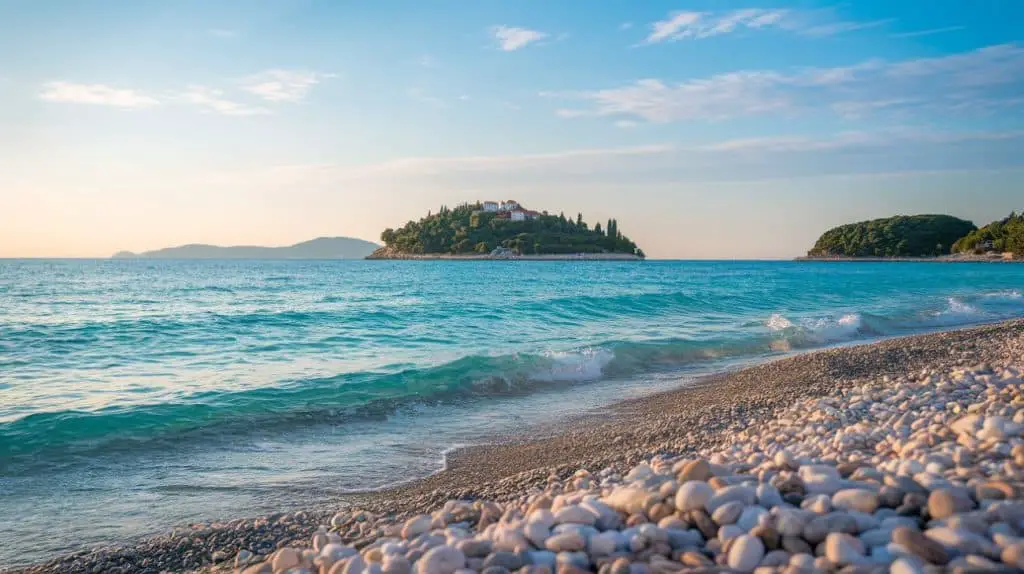
Croatia’s coastlines are breathtaking, but the majority of its beaches are pebbly or rocky, not sandy.
First on the list? Water shoes. They’ll save your feet from sharp rocks and sea urchins while ensuring a comfortable swim.
For lounging, swap your towel for a sturdy beach mat or inflatable cushion trust me, your back will thank you.
Beyond that, a snorkeling mask is a must. Don’t forget sunscreen. Pebble beaches reflect sunlight, amplifying the intensity of UV rays.
As for attire, lightweight cover-ups and reef-safe sunscreen should be staples in your beach bag.
3. Google Maps Isn’t Always Accurate in Rural Areas

Roads in remote locations like Brač and Hvar can be confusing, leading to unexpected detours or dead ends.
Locals use OpenStreetMap or ViaMichelin, which often provide reliable navigation.
Locals are usually more than happy to give you directions, often with a story or two about the area.
If you’re renting a car, opt for a GPS system or carry a detailed paper map as a backup.
4. Avoid Long Border Waits by Timing Your Trip Wisely
Driving to Dubrovnik? Brace yourself for the infamous Neum border crossing in Bosnia and Herzegovina.
This small stretch of land can become a bottleneck during summer weekends, with wait times stretching for hours.
Start your journey early in the morning or late at night when traffic is lighter.
Pack snacks, water, and entertainment for the wait. Make sure your documents, including passports and car registration, are easily accessible for a smooth crossing.
If you’re traveling by bus, choose reputable companies with efficient customs procedures.
5. Understand Ferry Logistics for Island Travel

Island hopping in Croatia sounds dreamy, but the reality requires some strategic planning.
Ferry schedules, especially in the off-season, can be limited, and peak-season services fill up fast.
The key is understanding the difference between high-speed catamarans and traditional car ferries.
Catamarans whisk you across the Adriatic quickly but don’t accommodate vehicles, while car ferries are slower and often crowded.
Keep an eye on ferry timetables, which can change due to weather or demand.
If you’re planning multiple island stops, build flexibility into your itinerary. For a seamless experience, pack light.
Whether you’re soaking up the sun on the deck or enjoying the views of the Dalmatian coast, ferry travel is an adventure worth savoring.
6. Find Vegan and Gluten-Free Food in Unexpected Places
If you’re vegan or gluten-free, cities like Zagreb, Split, and Dubrovnik are your best bets.
Trendy spots like Zrno Bio Bistro in Zagreb or Makai in Split offer dedicated vegan menus, while many traditional konobas (taverns) are happy to adapt dishes—just ask for bez glutena (gluten-free).
Indulge in grilled vegetables, fresh salads, and naturally gluten-free delicacies.
For sweet treats, look for Croatia’s growing array of artisanal vegan and gluten-free bakeries.
Always inform servers of your needs clearly, as not all restaurants are familiar with cross-contamination protocols.
7. Photographers, Wake Up Early
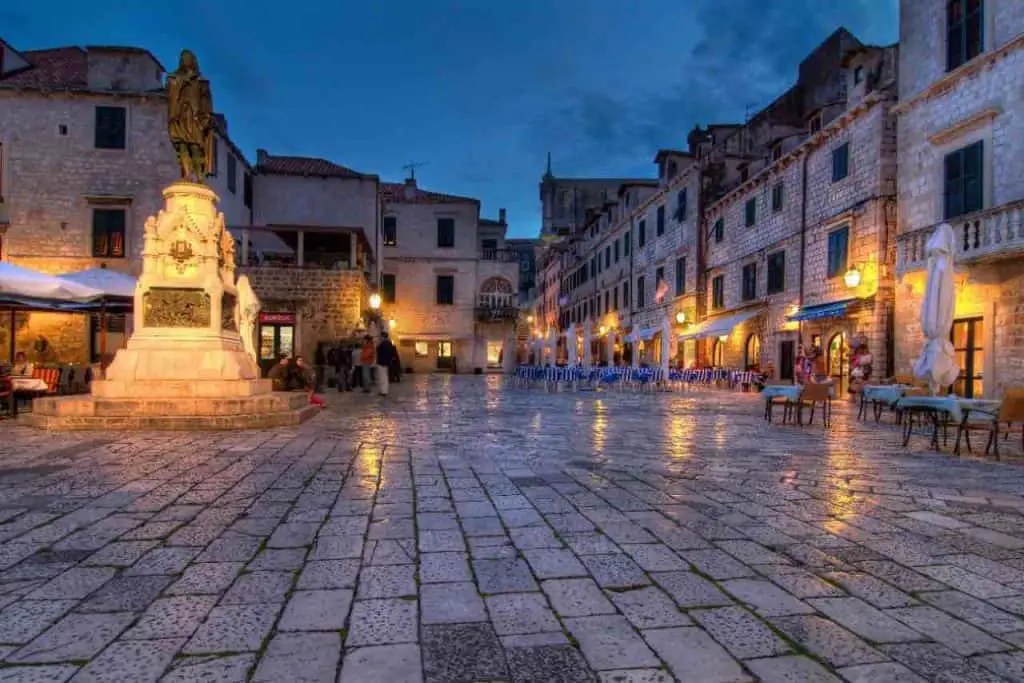
If capturing Croatia’s beauty is on your agenda, early mornings are your golden ticket.
Whether you agree or not, Dubrovnik has the most aesthetic spots which are perfect for photographers.
Iconic spots like Dubrovnik’s Old Town, Plitvice Lakes, or Zlatni Rat Beach are breathtaking at sunrise.
If you’re in Dubrovnik, stroll along the city walls at dawn for unparalleled views of the Adriatic.
At Plitvice, arriving early ensures you’ll beat the day-trippers and have the waterfalls all to yourself.
Invest in a polarizing filter to bring out the vibrant blues of the sea and skies while cutting glare. A
lightweight tripod is a must for capturing low-light shots, and don’t forget extra batteries.
8. Skip the Typical Souvenirs for Unique Finds
Croatia’s local crafts and delicacies make for far more meaningful souvenirs.
Start with Pag lace, an intricate handmade craft that’s a UNESCO-protected tradition. On Hvar, lavender products abound, from essential oils to fragrant sachets.
Foodies will adore Istria’s truffles, available as oils, pastes, or fresh during truffle season.
Olive oil from Dalmatia and wines from regions like Pelješac or Istria are also must-buys.
Avoid tourist traps and overpriced shops in heavily trafficked areas instead, explore hidden gems in smaller towns or rural villages.
Supporting local artisans not only ensures authentic souvenirs but also contributes to preserving Croatia’s rich cultural heritage.
9.Plan for Limited Wi-Fi on Islands
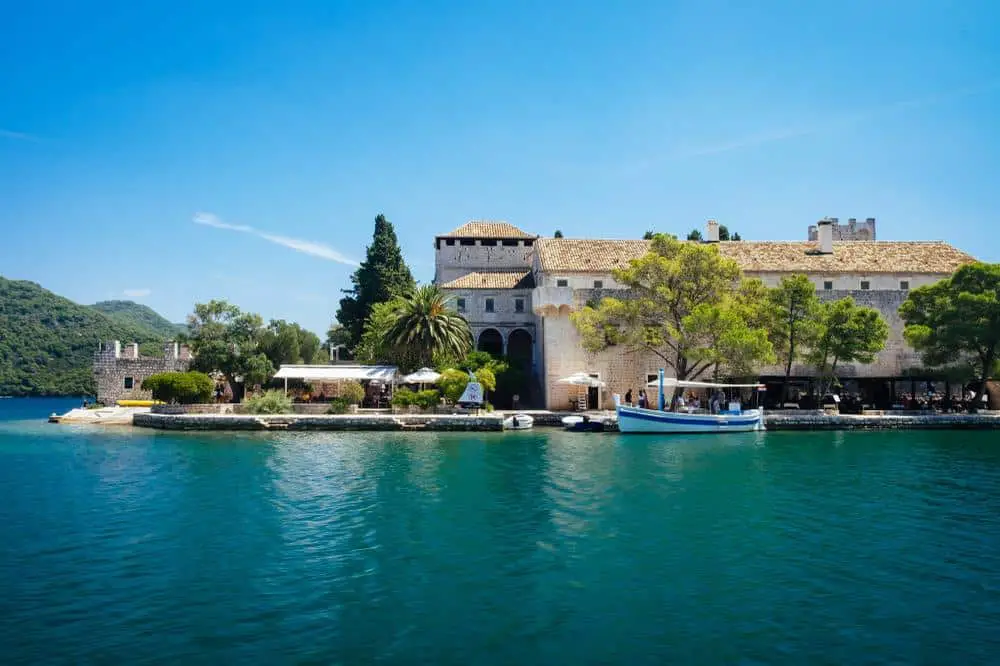
On remote islands like Vis, Lastovo, or Mljet, Wi-Fi can be unreliable or nonexistent in smaller accommodations, especially family-run guesthouses.
Before heading off-grid, download offline maps, e-books, or playlists, and ensure your travel apps are updated.
Most ferries and catamarans also lack Wi-Fi, so prepare for downtime during your island-hopping adventures.
Many cafes and bars in larger towns like Hvar or Korčula offer decent Wi-Fi.
Alternatively, invest in a local SIM card with a data plan.
10. Families – Croatia is a Kid-Friendly Destination
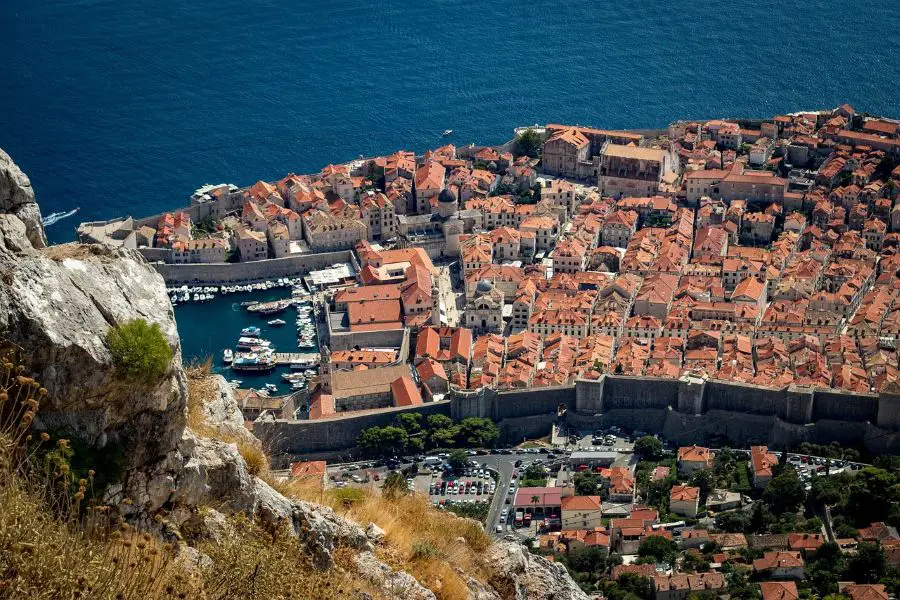
Croatia is a dream destination for families.
Coastal towns like Nin and Lopar boast shallow, sandy beaches perfect for little ones.
National parks such as Plitvice Lakes and Krka offer stroller-friendly trails and endless opportunities to explore nature.
Historical cities like Zadar and Split provide a mix of interactive museums and pedestrian-friendly streets where kids can roam safely.
Many restaurants are family-friendly, often equipped with high chairs and kids’ menus.
For accommodations, stay in family-run apartments or resorts that cater specifically to families, offering playgrounds.
11. LGBTQ+ Travelers – Dubrovnik and Zagreb Are Safe Hubs

Croatia may be conservative in some regions, but cities like Dubrovnik and Zagreb offer a welcoming environment for LGBTQ+ travelers.
Zagreb boasts a growing number of LGBTQ+-friendly bars, clubs, and events, including the annual Zagreb Pride parade that highlights the city’s inclusive spirit.
Dubrovnik, known for its tourism-driven cosmopolitan vibe, is another safe haven where LGBTQ+ travelers can feel at ease.
For nightlife, hotspots like Hotpot Zagreb or low-key LGBTQ+-friendly venues in Dubrovnik provide a great way to connect with others.
That said, rural areas and smaller islands might be less accustomed to open displays of affection.
With the right planning and awareness, LGBTQ+ travelers can enjoy the Adriatic coastline, charming villages, and vibrant cities with confidence and ease.
12. Plan Grocery Stops for Road Trips
Croatia’s stunning landscapes are a road-trippers paradise, but grocery stores can be few and far between in remote areas.
Supermarkets like Konzum, Lidl, and Plodine dominate in cities and larger towns.
Stock up on road trip essentials snacks, water, fresh fruit, and sandwich fixings, before leaving urban centers like Split or Rijeka.
For those heading to islands such as Lastovo or Mljet, check ferry schedules and aim to shop on the mainland where prices are often lower.
Croatia’s open-air markets are also fantastic for stocking up on local produce, cheeses, and cured meats.
Keep an eye out for roadside stalls.
13. Drones Are Restricted in Many Areas
While Croatia’s breathtaking landscapes might tempt you to capture aerial shots, strict regulations govern where and when you can fly.
Protected areas, including Dubrovnik’s Old Town and national parks like Plitvice and Krka, are off-limits for drones.
Permits are required for commercial use and can be challenging to obtain, so it’s best to research in advance.
Fines for unauthorized drone use are hefty and enforced, especially in highly touristic areas.
If you’re planning to fly your drone, head to less regulated spots like rural beaches or quiet inland areas, but always check local rules beforehand.
The Croatian Civil Aviation Agency (CCAA) provides detailed guidelines on where drones are permitted.
14. Nightlife Isn’t Just for Partygoers
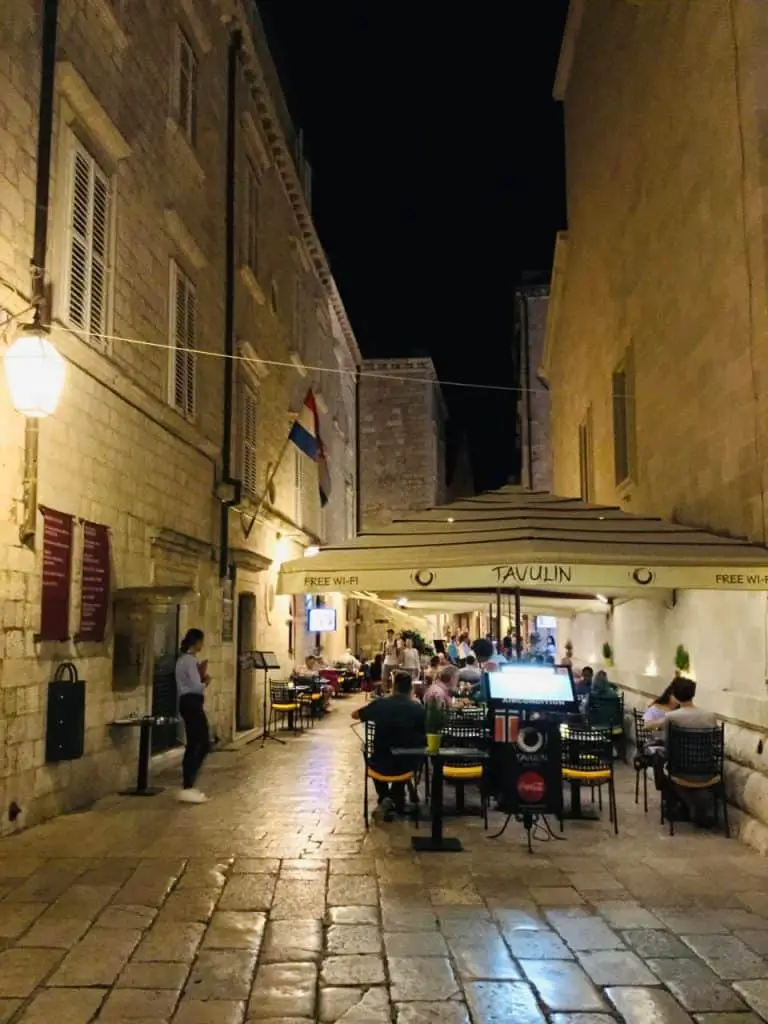
Croatia’s nightlife has something for everyone, whether you’re a party animal or prefer a laid-back evening.
In Split, wine bars like Paradox offer a sophisticated atmosphere where you can sip on local vintages.
Dubrovnik’s Old Town comes alive at night with streetside restaurants and bars creating the perfect ambience to soak in the charm of a beautifully lit Old Town.
Zagreb’s vibrant cafe culture extends into the evening, with craft beer spots and live music venues providing a more relaxed vibe.
or those looking to combine culture and nightlife, check out seasonal events like the Dubrovnik Summer Festival or Istrian wine tastings under the stars.
Island lovers can enjoy beach bars on Hvar or Korčula that transform into mellow hangouts after sunset.
15. Be Wary of Tourist Tax Traps
Tourist taxes in Croatia are a standard part of accommodation costs but can catch travelers off guard if not clearly communicated.
Rates vary by location, with hotspots like Dubrovnik having the highest fees.
These taxes, typically charged per person per night, are often included in your booking price—but not always.
To avoid surprises at check-out, confirm with your accommodation whether the tax is included.
If not, be prepared to pay in cash upon arrival or departure.
For budget-conscious travelers, staying in less tourist-heavy areas like Istria or Zadar can reduce expenses.
A little awareness goes a long way in making your trip smoother and free of unexpected costs.
16. Visit Waterfalls Safely in National Parks
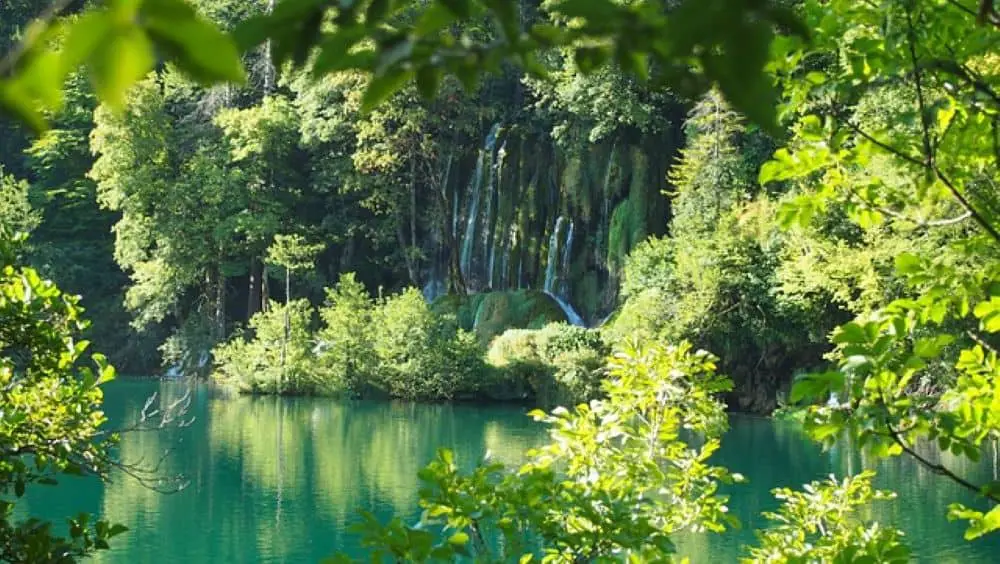
Croatia’s waterfalls are legendary, from the emerald cascades of Plitvice Lakes to the roaring beauty of Krka National Park.
However, exploring these natural wonders requires a bit of preparation.
Swimming is prohibited in certain areas, such as Plitvice, to protect delicate ecosystems, while Krka offers designated swimming zones near Skradinski Buk during the summer months.
Always check the rules beforehand to avoid fines and help preserve the parks.
Non-slip water shoes are essential for navigating wet, slippery trails, especially around Krka’s cascades.
Stay on marked trails and avoid venturing too close to the edge of waterfalls for both safety and conservation.
17. Accessibility Varies by Location
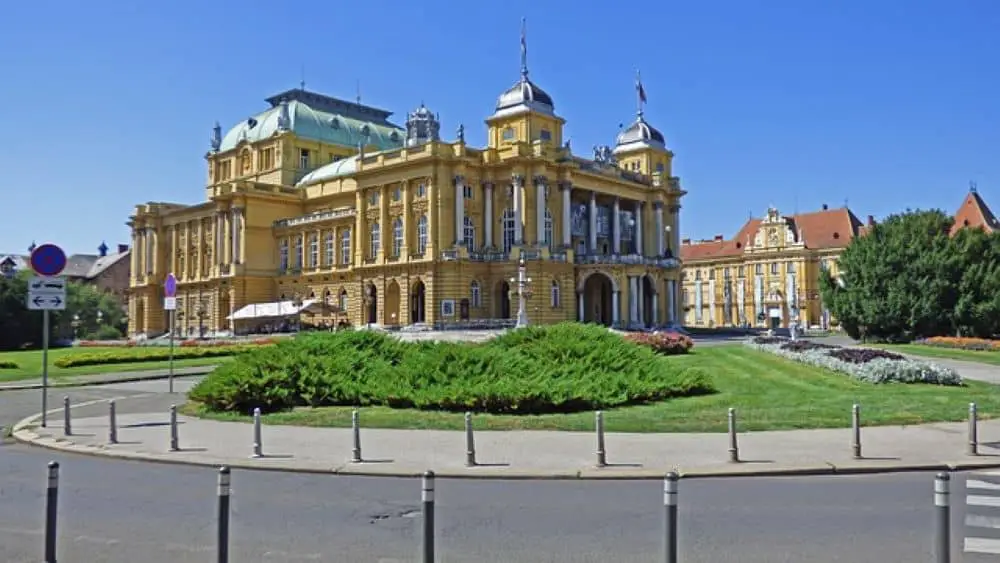
Croatia’s cobblestone streets, hilltop towns, and historic sites are stunning but can pose challenges for travelers with mobility issues.
Cities like Dubrovnik and Split, with their medieval layouts and steep steps, are less accessible, though there are workarounds.
Dubrovnik offers a cable car to Mount Srđ and ramps in certain areas of the Old Town, while Split has flat, stroller-friendly promenades like the Riva.
Zagreb is the most accessible city, with modern infrastructure and public transport options accommodating wheelchairs.
National parks like Plitvice and Krka have some wheelchair-accessible paths, but not all trails are suitable.
For an easier trip, focus on modern hotels, larger cities, and coastal promenades that offer smoother access.
18. Road-Trippers: Beware of Traffic Cameras
Croatia’s scenic roads are perfect for road trips, but drivers should be aware of its growing network of speed cameras.
Fines are automatically mailed to the car’s owner, bad news if you’re renting, as the agency will pass the cost onto you, often with an added service fee.
Pay special attention to posted limits when driving through towns, as school zones and pedestrian-heavy areas have strict enforcement.
The penalties for speeding are steep, so slow down and enjoy the journey.
Use GPS apps that show speed camera locations, and always carry your driver’s license and rental documents for any roadside checks.
A cautious approach ensures your road trip stays stress-free, letting you focus on the adventure and not the fines.
19. Solo Travelers: Stick to Hostels in Tourist Hubs
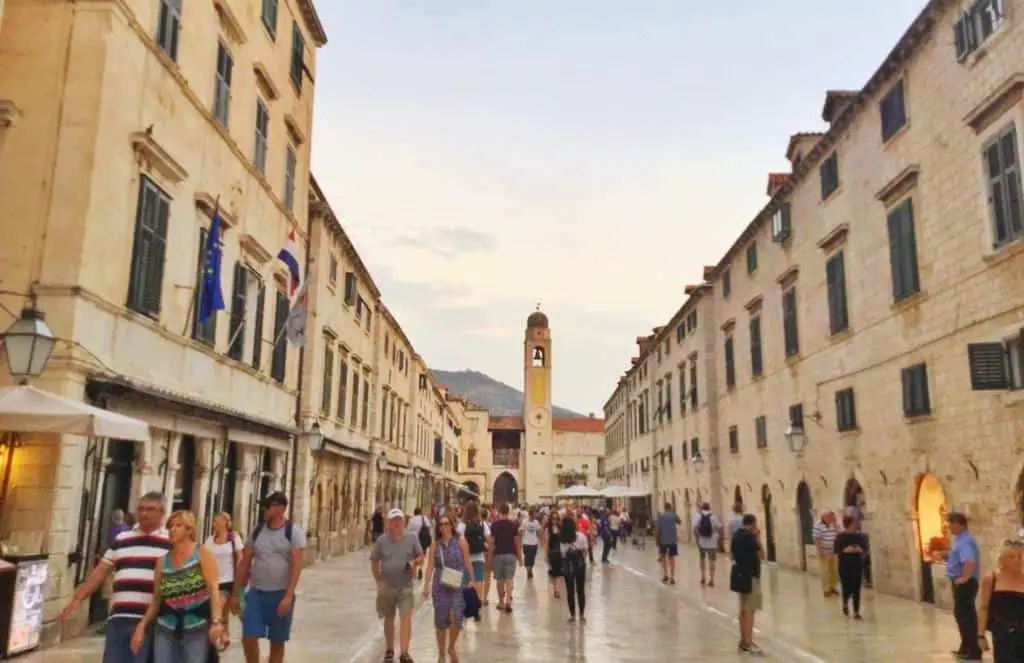
Croatia is a fantastic destination for solo travelers, offering a safe environment, welcoming locals, and plenty of opportunities to meet fellow adventurers.
Hostels in cities like Split, Dubrovnik, and Zagreb are not just affordable lodging options but also vibrant social hubs.
Many hostels organize activities like walking tours, cooking classes, and pub crawls, making it easy to connect with other travelers.
Look for hostels with high ratings for cleanliness and security.
If you prefer a quieter experience, opt for boutique hostels or private rooms.
For solo travelers heading to islands like Hvar, hostels near the marina often have lively common areas where you can join group day trips or boat tours.
Public transport and ferry systems make it easy to navigate the country independently, and Croatia’s walkable cities are perfect for exploring solo.
20. Cultural Travelers: Don’t Miss Local Festivals
Croatia’s vibrant festival scene offers a unique glimpse into its rich cultural heritage.
One must-see is the Sinjska Alka, a centuries-old knight’s tournament held in Sinj.
In Dubrovnik, the Summer Festival transforms the city into a stage for world-class theater, music, and dance performances.
Zagreb’s Advent Festival is a winter wonderland of lights, music, and traditional treats.
Whether you’re savoring fresh oysters at Ston’s Oyster Festival or cheering on knights at the Alka, Croatia’s festivals are not to be missed.
21. Pack a Dry Bag for Boating Trips
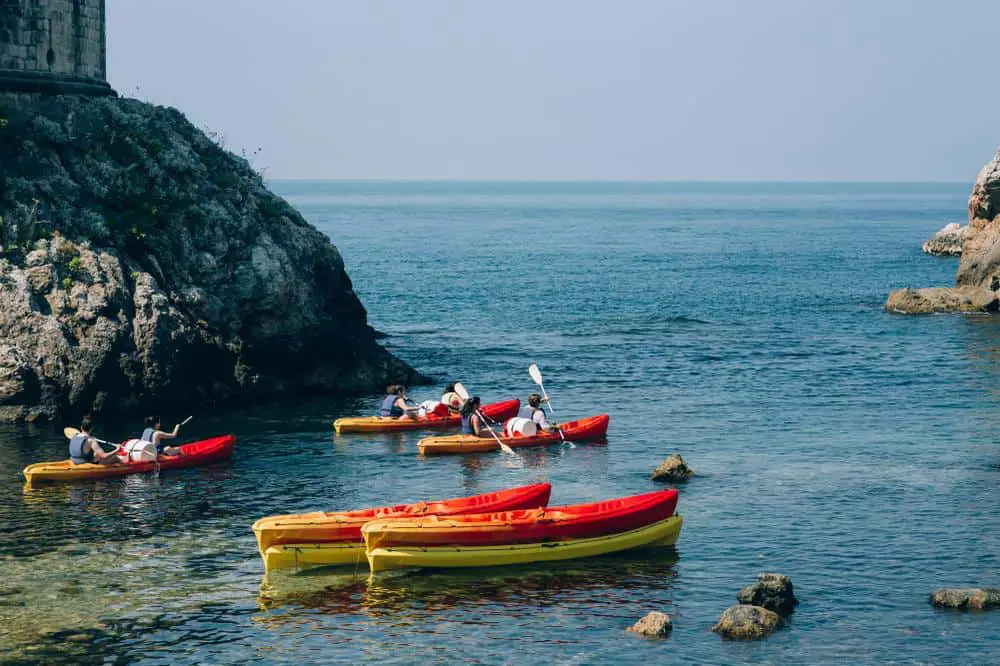
With its sparkling Adriatic waters and countless islands, Croatia is a paradise for boating enthusiasts.
It is important to pack all the essentials before you leave for your boating trip on the Adriatic waters.
These waterproof wonders protect your valuables phones, cameras, wallets from unexpected splashes or even a full-on dip in the sea.
Select a lightweight, compact design that’s easy to carry but big enough for your essentials.
If you’re bringing electronics, add silica gel packs for extra moisture protection.
For longer trips, invest in a dry backpack that can also store snacks and towels.
A dry bag ensures your Croatian adventures are smooth sailing from start to finish.
22. Expect Smoking in Public Spaces
Croatia’s love affair with coffee culture often comes with an accompanying cigarette in hand.
While indoor smoking is banned in public places like restaurants and bars, outdoor terraces and cafes are fair game.
For non-smokers, this can be a bit of a culture shock, especially when enjoying a meal or a seaside coffee.
If you prefer smoke-free spaces, seek out venues that explicitly advertise non-smoking areas, which are becoming more common in larger cities like Zagreb and Split.
Many indoor areas now prioritize clean air due to stricter regulations, but smaller, traditional establishments may still have a lingering smell.
Smoking is deeply ingrained in Croatian culture, but with a bit of strategic seating, you can easily navigate it and still enjoy the country’s vibrant social atmosphere.
23. Cycling Enthusiasts: Explore Istria’s Bike Routes

Cyclists, welcome to paradise!
Croatia’s Istrian Peninsula offers some of Europe’s most scenic bike routes, blending rugged coastlines, rolling vineyards, and charming medieval towns.
One of the most popular trails is the Parenzana Trail, a former railway line turned cycling path that stretches over 120 kilometers.
This route takes you through picturesque villages like Grožnjan and Motovun, offering breathtaking views and plenty of opportunities to stop for local wine and truffle tastings.
For coastal lovers, the seaside trails around Poreč and Rovinj provide stunning panoramas of the Adriatic.
Most bike routes in Istria are well-marked, with varying levels of difficulty to suit beginners and seasoned cyclists alike.
Rent a bike from local shops, many of which also offer e-bikes for tackling steeper climbs.
Spring and autumn are ideal for cycling, as the weather is mild and the crowds thinner.
Istria is a cyclist’s dream, combining active adventure with cultural and culinary delights.
24. Shop for Local Cosmetics and Wellness Products
The country is home to some incredible local cosmetics brands that harness the power of native ingredients like lavender, olive oil, and immortelle.
Brands like Nikel and Olival offer high-quality skincare products, perfect for gifting or treating yourself.
Lavender products from Hvar, such as essential oils and hand creams, are both soothing and aromatic.
Olive oil-based soaps, made using traditional methods, are another must-buy, often available at farmers’ markets or small boutiques.
25. Don’t Assume Tap Water is Free in Restaurants
A Croatia travel tip to remember: While Croatia’s tap water is safe, clean, and widely available, don’t expect it to be freely served in restaurants.
In most dining establishments, bottled water is the default, and you’ll often find it listed as a menu item.
If you’d rather not pay for water, specifically request voda iz pipe (tap water) when ordering, though be prepared for mixed reactions some places might not accommodate the request.
To avoid confusion, carry a reusable water bottle and refill it from taps or public fountains, which are common in cities like Zagreb, Split, and Dubrovnik.
If you’re hiking or visiting rural areas, stock up on water beforehand, as refill options might be limited.
26. Hitchhiking is Still a Thing

In rural Croatia and on its quieter islands, hitchhiking remains a culturally accepted and often practical way to get around.
This is the most important Croatia travel tip you need to know.
Locals, especially on islands like Vis and Korčula, are accustomed to picking up travelers along the roadside, particularly in areas with limited public transport.
If you’re comfortable hitchhiking, have a clear destination in mind and communicate it to the driver.
Carry a map or have the location handy on your phone to avoid misunderstandings.
As a traveler, it’s polite to offer a small token of appreciation, such as a few kuna for fuel or a snack.
Hitchhiking offers a unique way to meet locals and experience Croatia from their perspective.
For solo travelers or those unfamiliar with the practice, stick to more reliable transportation methods to ensure a worry-free trip.
27. Pay Attention to Credit Card Acceptance
Croatia’s cities and tourist hubs widely accept credit cards, smaller towns, islands, and rural areas operate on a cash-first basis.
Markets, roadside stalls, and even some family-run accommodations may only accept cash, so it’s wise to carry some euros with you at all times.
ATMs are readily available in urban areas, but they’re sparse in remote locations, and some charge high withdrawal fees.
If you’re heading to islands like Lastovo or Mljet, stock up on cash before you go, as card acceptance can be hit or miss.
For ferry tickets, parking fees, or small cafes, cash is king.
Many Croatian businesses now accept contactless payments, so digital wallets can be a convenient alternative.
28. Photographers: Capture Biokovo Skywalk
For photography lovers, Croatia’s Biokovo Skywalk is a bucket-list destination.
Perched on the edge of the Biokovo Mountain range near Makarska, this glass-bottomed walkway offers jaw-dropping views of the Adriatic coastline.
Arrive early morning or late afternoon to catch the golden hour light, which adds a magical glow to your shots.
The walk itself is an adrenaline rush, with the glass floor giving you the illusion of walking on air.
A wide-angle lens is perfect for getting that full panoramic effect. Don’t forget to bring a tripod if you’re shooting at sunset to ensure steady shots as the light fades.
Access to the Skywalk is part of the Biokovo Nature Park entry fee, so take the time to explore its hiking trails and unique flora as well.
29. Travel Insurance for Adventure Sports

Croatia is a haven for adrenaline junkies, offering activities like rock climbing in Paklenica, zip-lining over the Cetina River, kayaking along the Adriatic coast.
However, these thrilling pursuits come with risks, so having comprehensive travel insurance is essential.
Not all insurance plans cover adventure sports, so double-check your policy and upgrade if necessary. Look for coverage that includes emergency medical care, evacuation, and equipment damage or loss.
Many Croatian operators require proof of insurance before allowing you to participate, so keep a digital copy handy.
30. Be Prepared for Healthcare Costs
In case of an emergency, medical costs can add up quickly. That’s why travel insurance with robust medical coverage is non-negotiable.
Hospitals in major cities like Zagreb, Split, and Dubrovnik are modern and well-equipped, while smaller towns may have clinics with limited facilities.
If you need to visit a doctor, you’ll typically pay upfront and claim reimbursement later, so keep all receipts.
Pharmacies, marked with a green cross, are widespread and often staffed with English-speaking pharmacists who can provide over-the-counter remedies for minor issues.
Carry a small first-aid kit for hiking or island-hopping trips, as pharmacies may not be immediately accessible in rural or remote areas.
31. Expect a Variety of Experiences Across Regions
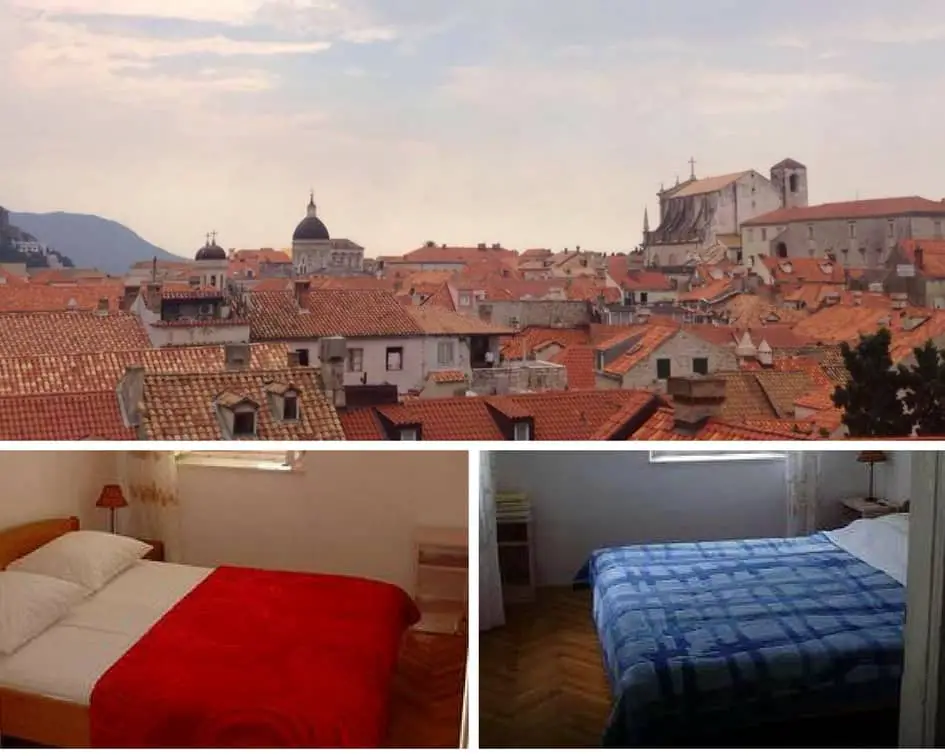
Croatia’s diversity is one of its greatest assets, and understanding the regional differences will enhance your trip.
The Dalmatian Coast is all about stunning beaches, historic cities like Split and Dubrovnik, and island-hopping adventures.
Istria, in the northwest, feels distinctly Italian with its truffles, vineyards, and hilltop towns like Motovun.
Inland Croatia, including the capital Zagreb, offers a mix of urban sophistication, lush national parks, and traditional villages.
Each region has its own cuisine, traditions, and atmosphere. For example, seafood dominates the coast, while hearty stews and grilled meats are staples inland.
Language and culture also vary slightly; Dalmatia has a more Mediterranean vibe, while northern regions are influenced by Central Europe.
From wine-tasting in Istria to sunset kayaking in Dubrovnik, every region brings its own flavor to your journey.
Croatia Trip – FAQs
1. What is the best time to visit Croatia for great weather and fewer crowds?
The best time to visit Croatia is during late spring (May-June) or early autumn (September-October). These months deliver ideal weather conditions warm but not scorching and the absence of overwhelming tourist crowds.
Prices for accommodations are also more reasonable compared to the peak summer season.
Travelers seeking lively events and beach parties can target July and August, but for a quieter, more affordable experience, the shoulder season is unbeatable.
2. How should travelers explore Croatia’s islands efficiently?
The most efficient way to explore Croatia’s islands is by using the well-organized ferry system, with operators like Jadrolinija and Krilo.
Ferries run frequently in the summer, but schedules are less frequent in the off-season, so advance planning is essential. Private boat rentals or multi-day yacht tours offer flexibility and are perfect for groups or those wanting a more tailored experience.
For seamless travel between smaller islands, be prepared to route back through mainland hubs like Split or Dubrovnik.
3. What are some must-try dishes in Croatia?
Croatia’s cuisine showcases the country’s rich regional diversity. On the Dalmatian coast, indulge in fresh seafood dishes like grilled fish, octopus salad, and black risotto.
Inland areas feature hearty specialties such as peka (meat or octopus baked with vegetables under a bell-like lid), čevapi (grilled minced meat rolls), and strukli (pastry filled with cottage cheese).
Local wines, like the white Pošip or the red Plavac Mali, complement the meals beautifully.
For dessert, try rožata, a creamy custard dish similar to crème brûlée, to end your meal on a sweet note.
4. How can travelers navigate language barriers in Croatia?
English is widely spoken in cities, tourist hubs, and along the coast, making communication relatively easy. However, rural areas may have fewer English speakers, so basic Croatian phrases can be helpful.
Words like “Hvala” (thank you – pronounced ‘flah-lah’) and “Molim” (please) go a long way in showing respect and making connections.
Use a language app or carry a phrasebook for any translations during your trip.
5. What unique experiences should travelers prioritize in Croatia?
Croatia offers extraordinary experiences that go beyond the typical tourist trail. Truffle hunting in Istria, exploring the Biševo Island Blue Cave, and zip-lining over the Cetina River in Omiš provide adventure and exclusivity.
Cultural enthusiasts should attend a klapa performance, a traditional cappella singing style, or visit the Roman amphitheater in Pula.
Relaxing at a thermal spa in Hrvatsko Zagorje or touring a local olive oil mill are also highlights, showcasing Croatia’s culinary and wellness offerings.


